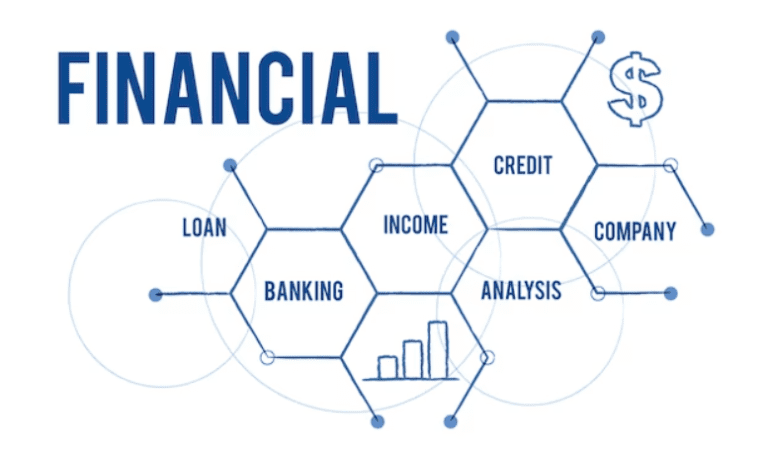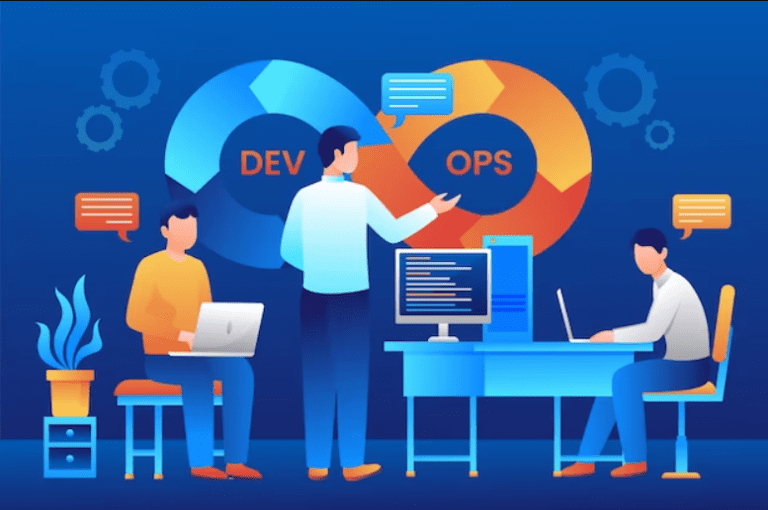Efficient Deployment of Computer Vision Solutions with Edge Computing
Computer vision solutions are becoming a very important part of our daily life. It has many valuable applications in various fields from facial recognition to self-driving vehicles and medical imaging. It has applications everywhere. It allows machines to analyze images and identify people and objects with great accuracy and precision.
No doubt the technology is very powerful, but its capabilities are being limited by traditional cloud infrastructure. This is where cloud edge computing steps in. Cloud edge computing has provided the necessary speed and infrastructure to utilize computer vision applications at their best.
The importance of Cloud edge computing in providing efficient deployment of computer vision applications can not be overstated. Cloud Edge infrastructure processes the data of users at the edge of the network, where it is being generated. It provides low latency and real-time processing power, making it ideal for various computer vision applications.
In this article, we will explore the challenges as well as strategies for efficiently deploying computer vision solutions with edge computing. Read the full article for complete insights.
Computer Vision and Edge Computing#
Before jumping into the topic let's explore cloud vision technology and edge computing in detail.
What is Computer Vision?#
Computer Vision is a field of AI (Artificial Intelligence) that enables machines to interpret and analyze visual data (images and videos) intelligently. It uses different algorithms, machine learning, and deep neural networks for that.
In the last few years, it has improved very much in capabilities. It has various applications in different fields. Some computer vision applications are facial recognition, object detection, and self-driving vehicles.
What is Edge Computing?#
Edge computing is a type of cloud computing that uses IoT devices to process data closer to the source of its generation. It provides many benefits including low latency, high bandwidth, high speed, reliability, and security. It reduces the dependence on a centralized cloud solution.

Relationship#
Computer vision applications need to process large amounts of data. Edge computing enables the processing of a large amount of visual data in real-time. Which allows machines to make informed decisions at a higher speed.
Their relationship can significantly improve different fields including manufacturing, retail, healthcare, and more.
Challenges in Deploying Computer Vision Solutions with Edge Computing#

The advantages of deploying computer vision solutions with edge computing can not be denied. But there are also some challenges and concerns that need to be addressed. These challenges include security and privacy concerns, power constraints, latency and bandwidth issues, and security.
Latency and Bandwidth Issues#
One of the important challenges in the deployment of computer vision solutions with edge computing is latency and bandwidth issues. Data is processed at the edge of the network, close to the source in edge computing. The processing capabilities of edge devices are limited and computer vision applications usually require a large amount of processing power.
This may increase the latency of the speed and affect the real-time decision-making capabilities. However, this problem can be resolved by selectively sending data to the cloud for low latency.
Security and Privacy Concerns#
Edge computing infrastructure involves the deployment of multiple connected devices. These devices are deployed in an unsafe environment and are always vulnerable to cyber attacks. Important data collected by these devices can be compromised. These security and privacy concerns can be addressed by using encryptions and access controls.
Power Constraints#
Edge devices usually have limited battery capacities. These batteries can dry up pretty quickly during the processing of vast amounts of data. In that case, it can create operational challenges. It is important to take necessary actions to avoid these types of problems.
Scalability#
Another big challenge in the deployment of computer vision applications is scalability. As processing requirements of computer vision applications are huge. To fulfill these processing requirements, a large number of edge devices are required. It can be difficult to manage these large numbers of devices which can eventually create scalability challenges.
Strategies for Efficient Deployment of Computer Vision Solutions with Edge Computing#

Efficient deployment of computer vision solutions with edge computing can be done by implementing some useful strategies. Here are some of the strategies that can be used to improve efficiency.
Edge Device Selection#
Choosing edge devices is a very important strategy in deploying computer vision solutions. Edge devices need to be selected based on capabilities such as processing power, battery, memory, connectivity, and reliability. Computer vision deployment requires the processing of vast amounts and latency for real-time decision-making. That is why it is crucial to select devices carefully.
Machine Learning Models and Algorithms#
Machine learning models and algorithms play a crucial role in the efficient deployment of computer vision solutions. Edge devices are not capable of processing these language models and algorithms. Therefore lightweight language models and algorithms can be used for speed and accuracy. These lightweight models deliver without compromising quality.
Cloud Edge Hybrid Solutions#
Another important strategy for the deployment of Computer Vision solutions with edge computing is the use of hybrid solutions. Computer vision applications require large storage and processing power. By implementing hybrid solutions these needs can be addressed efficiently. Organizations can use cloud resources for important data while day-to-day processing edge devices can be used. Hybrid infrastructure provides security, reliability, and speed.
Use Cases:#
Here are some of the applications of efficient deployment of computer vision solutions with edge computing.
Smart Cities and Traffic Management#
Computer vision combined with edge computing can be used in smart cities for surveillance and traffic management. Edge camera devices with censors utilizing computer vision algorithms can be used to control traffic flow. These devices can analyze real-time data and adjust traffic effectively by making informed decisions. In this way, accidents can be avoided and a proper traffic flow can be maintained.
Healthcare#

Another important application of computer vision and edge computing is healthcare. Edge devices enable remote diagnosis of patients. Edge devices with sensors allow patients to detect diabetes, heart diseases, and respiratory illnesses from their homes. These are some diseases that need regular checkups. Edge devices allow patients to transfer their medical history to their hospitals. Moreover, edge devices also allow patients to consult doctors from their homes using cameras and get their diagnosis.
Manufacturing#
Efficient deployment of computer vision solutions with edge computing can be used to improve the efficiency of manufacturing plants. Edge devices with computer vision technology can be used to monitor product lines, inventory, and manufacturing processes. Edge devices can be used to make real-time adjustments in the manufacturing process.
Agriculture#
Another important application of computer vision with edge computers is agriculture. Edge devices with computer vision technology can provide many benefits to farmers. These devices can automatically detect water levels in crops and give water whenever required. These devices are also capable of detecting pesticides and diseases in crops.
There are many more applications of edge computing and computer vision in agriculture fields. With proper deployment, these applications can provide many benefits to farmers.
Conclusion:#
Efficient deployment of computer vision solutions with edge computing can provide many benefits in different industries, from healthcare and automotive to manufacturing and agriculture.
Edge computing combined with computer vision allows room for efficiency, accuracy, scalability, and cost-effective solutions.
There are some challenges associated with the technology which can be addressed through proper planning. Overall the potential of edge computing and computer vision is limitless. With more innovations in the field, the applications are expected to grow.
























